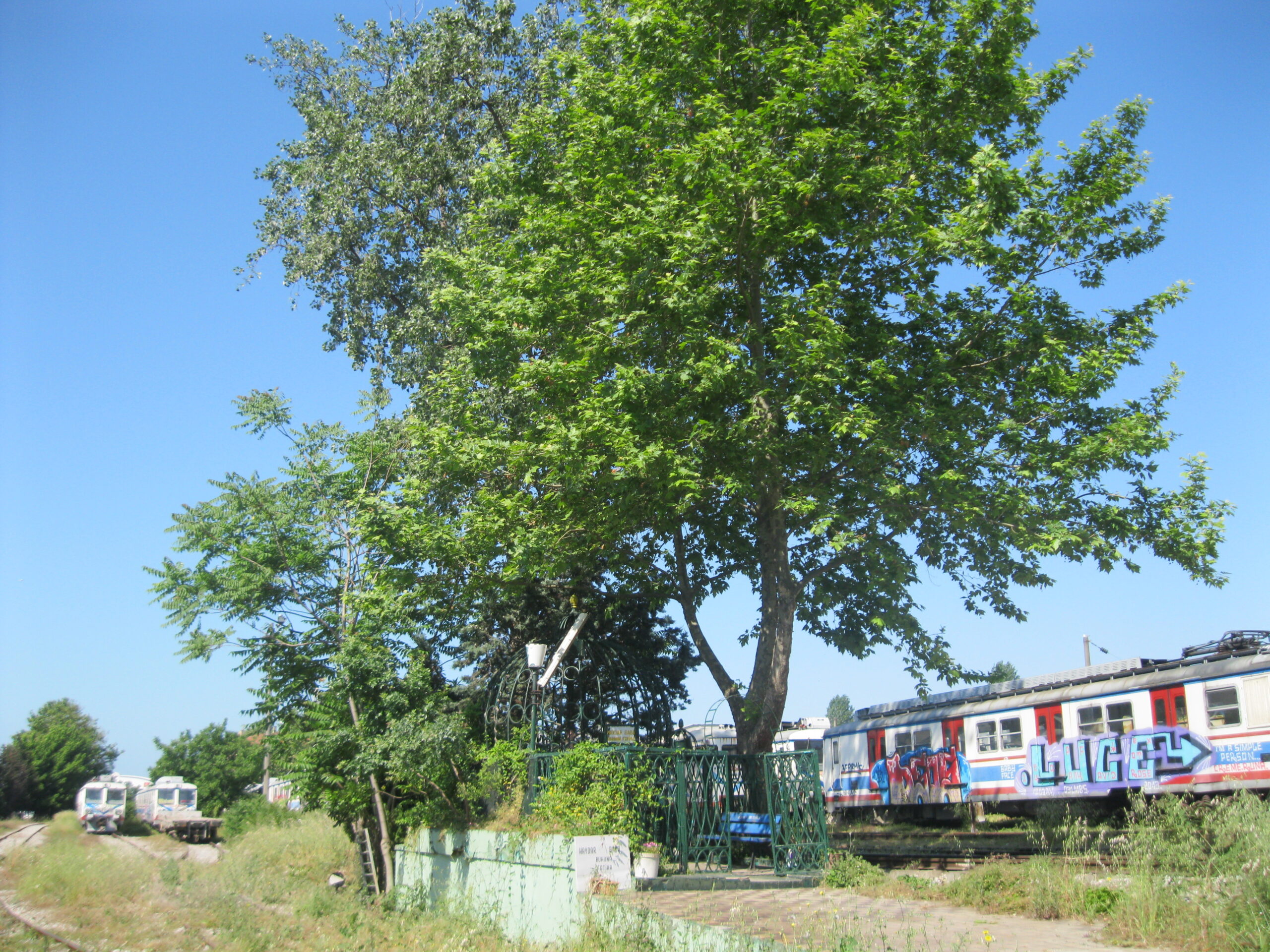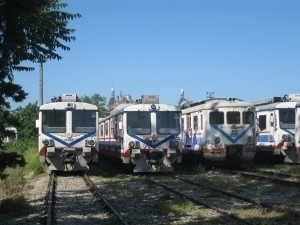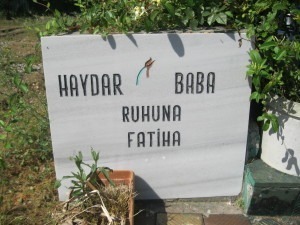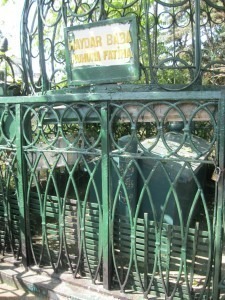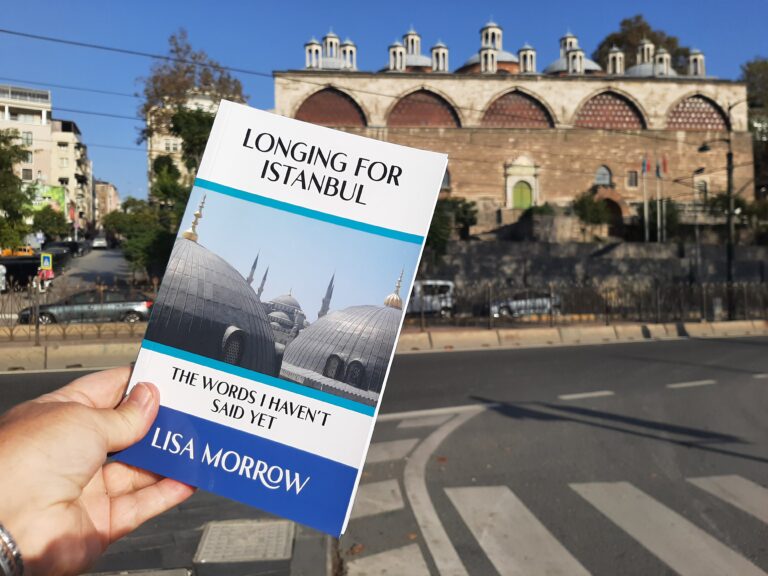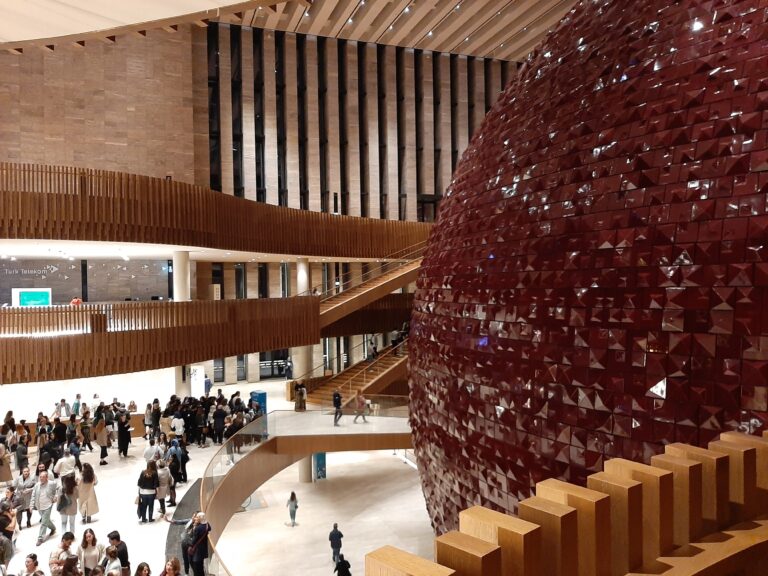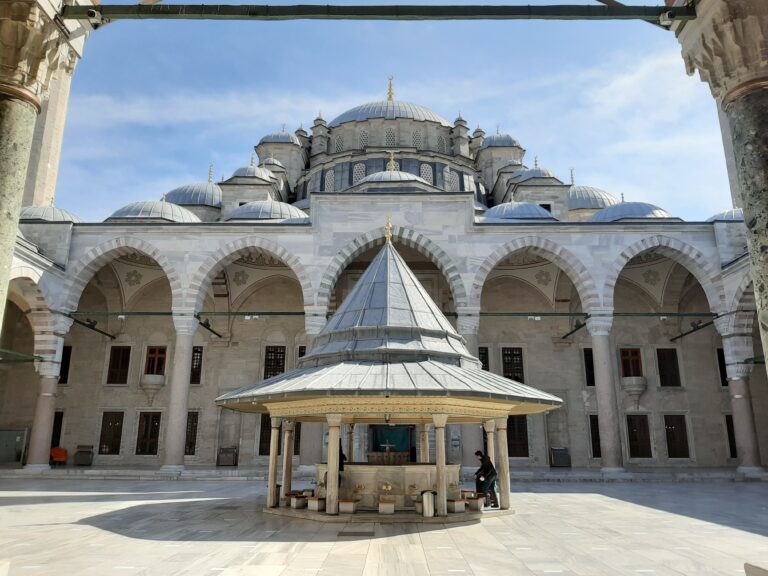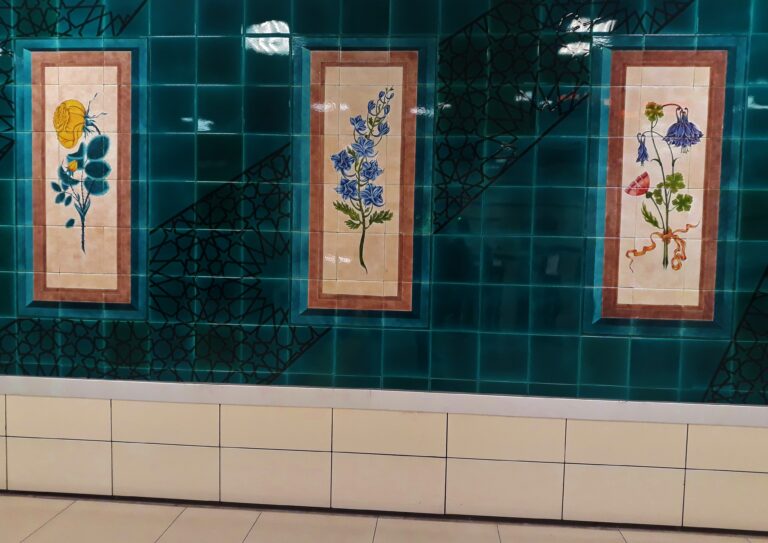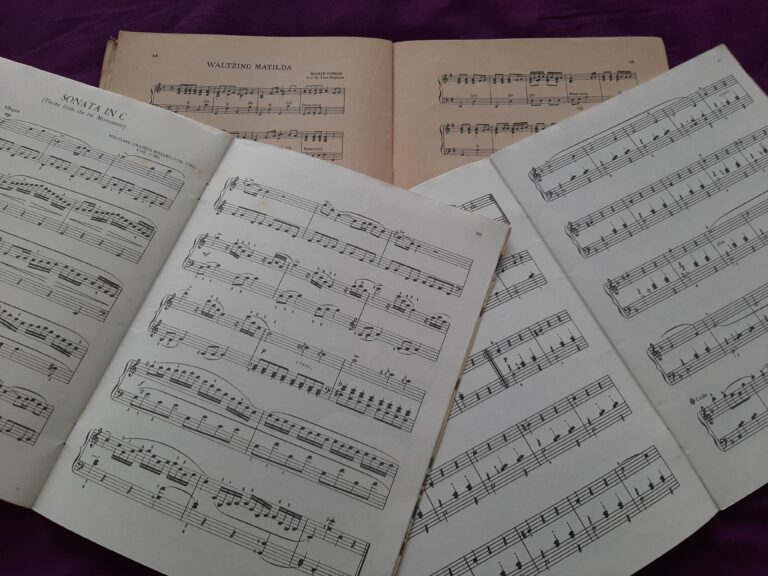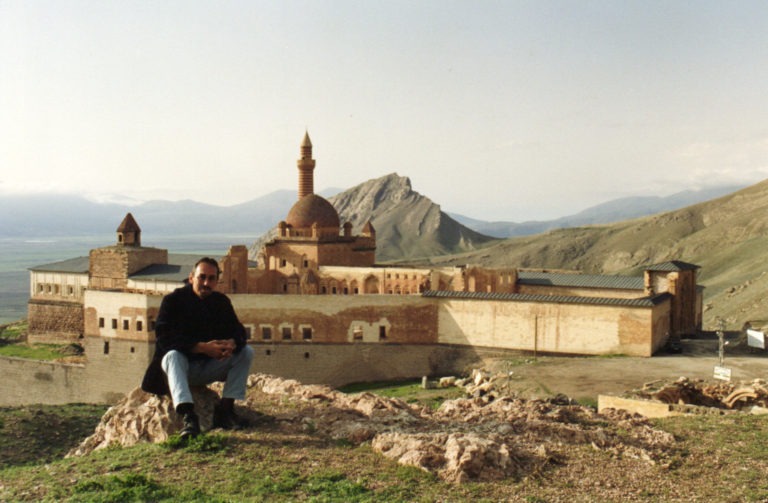Dervish traditions in Turkey
One the quirky features I love about Istanbul are tombs dedicated to dede or senior dervishes that turn up in the most unusual places. A dervish is a member of a Muslim religious order who has taken vows of poverty and austerity. Most often associated with the Sufi religious order, there are various orders of dervish in Turkey, such as the Mevlevi or Whirling Dervishes as they are known to tourists, and the lesser known Nakşibendis and Bektaşi dervish groups. Almost all of them trace their origins back to specific Muslim saints and teachers.
Dervish traditions about tombs
Dervish traditions dictate their tombs are always pale mint green in colour and located in odd places, such as in the garden of an apartment block or right in the middle of a path. No matter how inconvenient the location, Turkish people believe it’s bad luck to move them.
There are many such tombs in unexpected places in Istanbul, but I have two favourites. The first is probably the better known, because it is located amongst the railway lines of Haydarpaşa Railway Station. Built in 1909 on the Asian side of Istanbul by the Anatolian Railway, Haydarpaşa was the terminus for the Baghdad and Hedjaz railways. Two German architects, Otto Ritter and Helmut Conu, were hired to design the new building. They chose a Neo-classical structure, and German and Italian stonemasons crafted the embellishments on the facade of the terminal. A small German neighbourhood in the nearby Yeldeğirmeni quarter of Kadıköy was established to house the engineers and craftsmen who worked on the project.
Many Turks worked on the project too, and when plans were drawn up to lay the tracks a decision was made to move the tomb of Haydar Baba.
Buharalı Haydar Dede, to give him his full name, was the head or sheik of a Nakşibendi lodge, and is believed to have died around 1700 AD. It’s rumoured that the night before the work was due to start the supervisor of the works had a dream. Haydar Baba appeared before him and said it would make him uncomfortable if they moved his grave. Shaken but undeterred the supervisor shrugged off his unease and went back to work the next day.
However the following night Haydar Baba came to the supervisor again and repeated his statement more forcefully this time, placing his hands around the supervisor’s throat and squeezing tightly. Naturally afraid, the supervisor called a halt to the work and had the new lines laid on either side of the tomb, leaving Haydar Baba undisturbed.
Find out more about dervish traditions in the complete version of this essay in Inside Out In Istanbul: Making Sense of the City.
